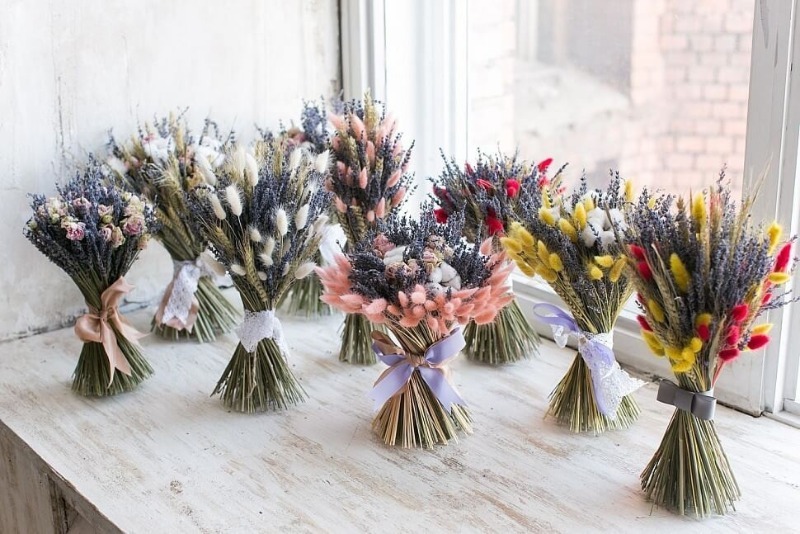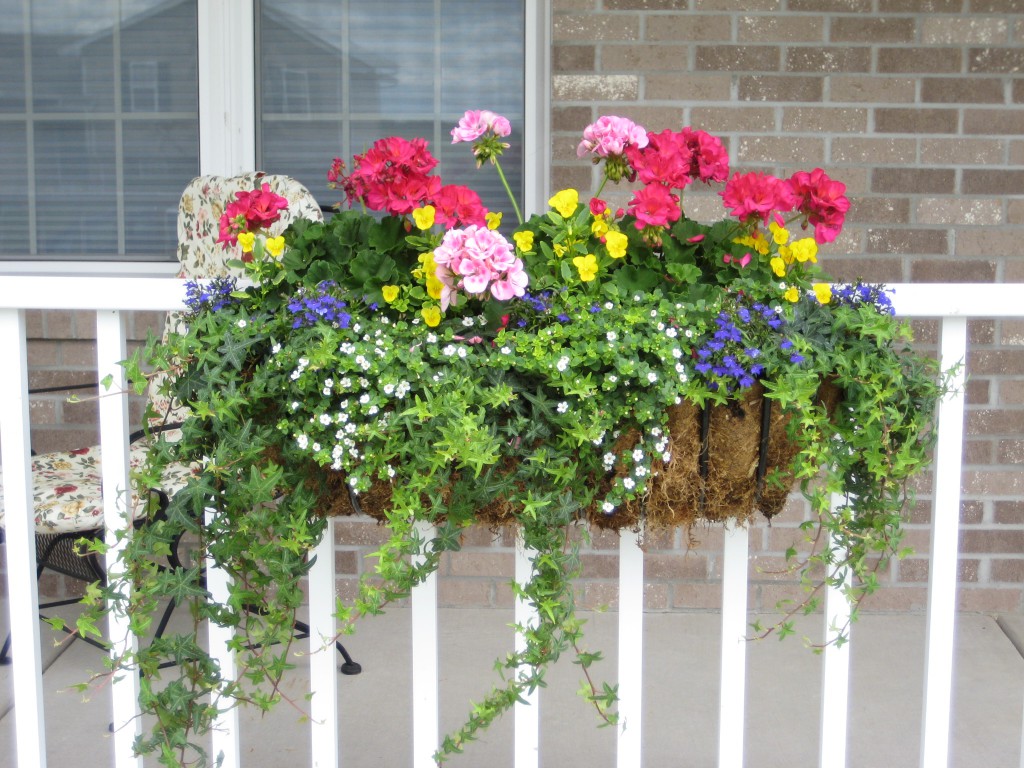Flowers are pleasing to the eye in any form - not only fresh, but also dry. And the favorite material for the creativity of florists is precisely dried flowers. Some plants are used as medicinal tea, while others are used for interior decoration. There are some tips on how to dry flowers unusually so that they continue to delight the eye for a long time.

In sand
For such an extraordinary way, roses are best suited. River sand is used, having previously prepared it:
- rinsed thoroughly;
- ignite. Spread a thin layer on a baking sheet and place in an oven preheated to 70 ° C. The procedure is carried out within 40 minutes. Thus, all the parasites that may be contained in the sand will die.
Then sand is poured into a box and roses are placed in it with flowers up. The buds are immersed completely.
Further, the container with the contents is removed to a dark corner of the room. Better if you place it next to the heater. So, all excess moisture will come out of the flowers faster, and they will dry out better. The procedure lasts 21 days.
After that, to remove the sand, a hole is made in the box and poured into it.
Chamomile is dried in a similar way. This is easier to do than a finicky rose. The inflorescences are separated from the stems and also placed in the sand for three weeks.
In the storm
Borax, or sodium tetraborate, is an inexpensive desiccant capable of efficiently pulling all moisture from a flower. It is purchased at a pharmacy. This is one of the favorite ways to dry flowers in floristry.
For this, the flowers are poured with brown for a period of 8 to 18 days.
Sometimes a special mixture is prepared. To do this, take (in parts):
- corn grits and tetraborate - 1: 1;
- tetraborate and flour - 1: 4.
In the resulting mixture, both flowers are placed as a whole, and separately inflorescences, for 14 days.
Microwave drying speeds up. For this, the plants are covered with a mixture of borax and corn flour (in equal parts) or replaced with quartz sand. Then the container is placed in the SV oven for a minute. If necessary, add another 60 seconds. Next, they take out and leave for a day.
The beautiful dried flowers are ready!
The process of drying flowers in a storm has a clear advantage - the petals do not wrinkle and look fresh.
Borax is also used in dry form. To do this, it is poured in a layer of 10 cm at the bottom of the box. Then the plants are laid out, inflorescences down. Next, the tetraborate is carefully poured so that it completely covers the flowers. Spreading it evenly.
After 14 days, the finished buds are taken out with tweezers. The remains are removed with a soft swab or brush.
For this method, use:
- peonies;
- dahlias;
- calendula;
- daisies;
- roses.
In corn flour
Cornmeal is a wonderful desiccant. With its help, they save for a long time:
- cloves;
- dahlia;
- pansies;
- lavender;
- cuffs;
- daisies.
For this, a plant with a small stem (3-4 cm) is placed in a container. Cover with a small layer of corn flour and place the container in the CB oven. A cup of water is placed there. This will prevent unnecessary fading and drying out. The microwave is set for two minutes at medium power.
Then, using a toothpick, check how the petals are dried. Add another minute if necessary.
Next, the container is taken out and allowed to cool for at least 12 hours.
Then the flowers are taken out, hung by the stem to dry for another 2 days. The place is chosen with good ventilation and no direct sunlight.
Another way is to put the inflorescences in a shallow container and cover the top with cornmeal. So that it completely covers the buds and penetrates between the petals.
Leave in flour for 10 days. Readiness is checked with a toothpick.
This method will preserve the volume and color of the plants. They will not fade or wrinkle.
In silica gel
Dried flowers are most quickly obtained using silica gel (silicate gel). For small inflorescences, it only takes 3 days. For larger ones - from 7 to 10 days.
Its advantage is that it is applied repeatedly. However, there are also disadvantages - its high cost. Purchase the drug at a pet store (animal filler).
In order to dry flowers in it, it is scattered on a baking sheet and buds are placed in it. Then they are sent to a preheated oven up to 100 ° C for 3 hours. An indicator that everything is ready is that the gel changes color to pink.
Flowers are dried in two layers using silica gel. It is poured into a container, the inflorescences are laid, they are sprinkled on top completely and spread out more. The content is placed on the window for 10 days.
On open air
The following plants are suitable for this method:
- gypsophila;
- molucella;
- fern.
For this, the plants are hung by the stalks at a short distance from each other. In a place where there is good air flow, there is no direct sunlight (this is important to maintain color). The optimum temperature for drying in the open air is from 10 to 20 ° C. The weather must be dry.
At the same time, they monitor:
- So that the buds are not moldy. Such specimens are removed immediately, otherwise they will infect others.
- To avoid drafts - dried flowers are very fragile, so they are easy to break.
Using a brush, gently brush off the dust from the inflorescences.
For air drying, flowers are pre-prepared:
- Cut as soon as they bloom.
- All leaves are removed.
- Plants are tied at the very base either one at a time or in a small bunch - a maximum of 5 pieces.
- Hang them buds down in a place protected from sunlight.
- Thick buds are dried for at least 30 days.
This method is suitable for various herbs, cereals (wheat, rye), medicinal plants (tansy, St. John's wort, yarrow, mint).
Cornflowers, lilacs, hydrangeas, roses, poppies and physalis are cut as soon as they have blossomed.
The outdoor air drying method is not suitable for daffodils and peonies. For them, air drying is used without hanging - laid out on a napkin in a suitable place.
Bouquets of dried flowers are a real home decoration that can add comfort. The listed methods will help to preserve the original shape and color of the flower as much as possible. Which I use in the future, both for interior decoration, and in various crafts.


